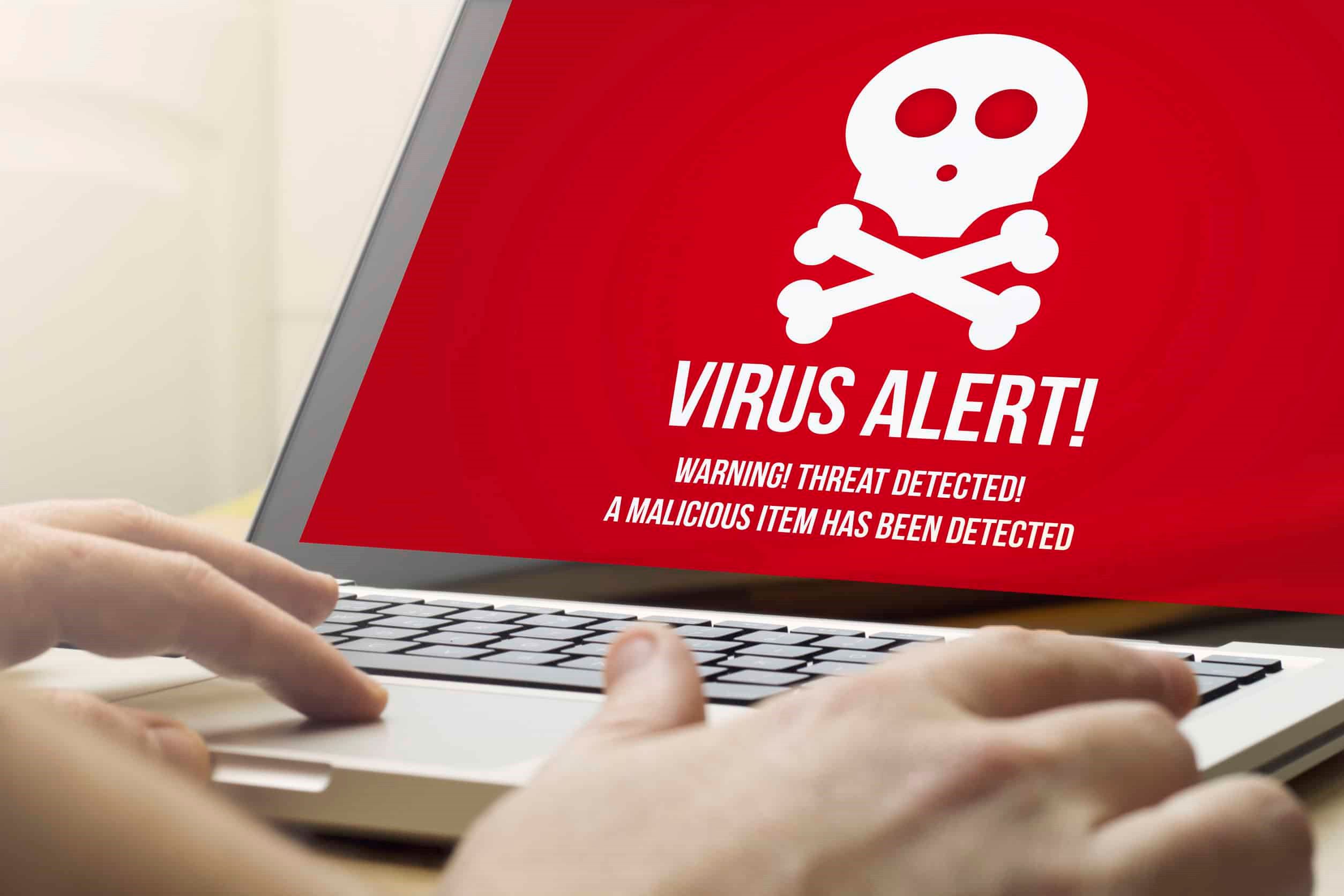Malicious software is a catch-all term for many types of harmful computer programs. It has grown in prominence in the modern world. The direct monetary costs alone are terrifying, but the ripple effects on society as a whole are even more so.
The main goal of malware is to harm, profit off of, or break into computers, networks, and mobile devices without permission. You can get malware in different ways, like through email attachments, infected websites, and corrupted software downloads.
Next, we’ll talk about ways to identify, prevent, and mitigate the effects of malware.
Identifying Malware on Your Device
Malware has been around since the inception of computers. For instance, the “Creeper” virus hit mainframe computers in the early 1970s. It has quickly become more advanced because of the development of the internet. In 2000, malware evolved as a worldwide threat with the “ILOVEYOU” worm. This malicious software type has grown into a potent weapon for war, crime, and espionage in the current day.
Cybercriminals are now breaking into computers in elaborate methods, like using more than one type of malware in the same attack. Because each malware has its own effects and features, attackers can use them to carry out complex attacks. That means they can take advantage of different weak spots in a target’s defenses.
However, it all makes it harder for security controls to find and stop the attack. Because of this hardship, malware seriously risks your privacy and safety. It can also do irreparable harm to your device. That’s why detecting malicious software is an important part of managing malware. It allows you to find and stop infections before they do more damage. Let us talk about some ways to tell if your device has malware.
- Your device has become sluggish. Malware might be using up too much memory. Look at your device’s task manager or activity monitor. This will help you figure out if malware is to blame.
- Your device freezes or crashes. Frequent freezes or crashes can be a sign of malware. Check for error messages in your device’s event viewer or system logs to confirm a malware infection.
- There’s less space for storage. Malware can make big files that crash your device because they take up all of its storage space. Use settings or File Explorer to see how much space your device is taking up.
- There are a lot of annoying ads on your screen. Malware could be to blame if your browser’s home page starts to show a lot of ads all of a sudden. Every time you open your browser, the people who made the malware can make money. Make sure the home page hasn’t changed by going to your browser’s settings.
- You keep getting redirected. Hackers can use malware to send your web traffic to fraudulent sites that steal your data. You might have malware if you can’t get to a website or see strange URLs. If you want to see if the website has malware, use a URL scanner.
- There are weird error messages on your device. Look at the event viewer or system logs to see if these messages are caused by malware.
How to Deal with Malware Infection
There are several things you can do to shield your device from malware.
- Start by using antivirus software to detect – malware and get rid of it. This also stops malware from ever getting on your device by blocking harmful websites and downloads.
- Strong passwords can help keep malware off of your device. When you use weak passwords, hackers can easily get into your system and put malware on it. You can generate and store strong passwords with the help of a password generation tool that is typically found in password managers.
- Make sure your software is always the most recent version. Usually, security patches come with software updates. Malware is less likely to get on your device if you update your apps, operating system, and security software.
- Don’t click on any links that look sketchy. Verify the message’s and sender’s legitimacy before taking any action. Use spam filters further to protect you from unsolicited emails and malicious attachments.
- Isolate the infected program or device from the internet and other devices to stop malware from spreading. If the malware is only in one program, you should get rid of it right away.
- Retrieve your files by restoring your system and data from backups. Use the cloud or an external hard drive to back up your data regularly.
Conclusion
Malware will continue to have big effects on people all over the world in the future. The growth of the Internet of Things (IoT) and improvements in AI and machine learning (ML) make it easier for malware to spread in new ways. You need to be proactive and creative about your cybersecurity in this new era of cyber threats. You can protect your personal information and get rid of malware on your device by using the tips in this article.

























